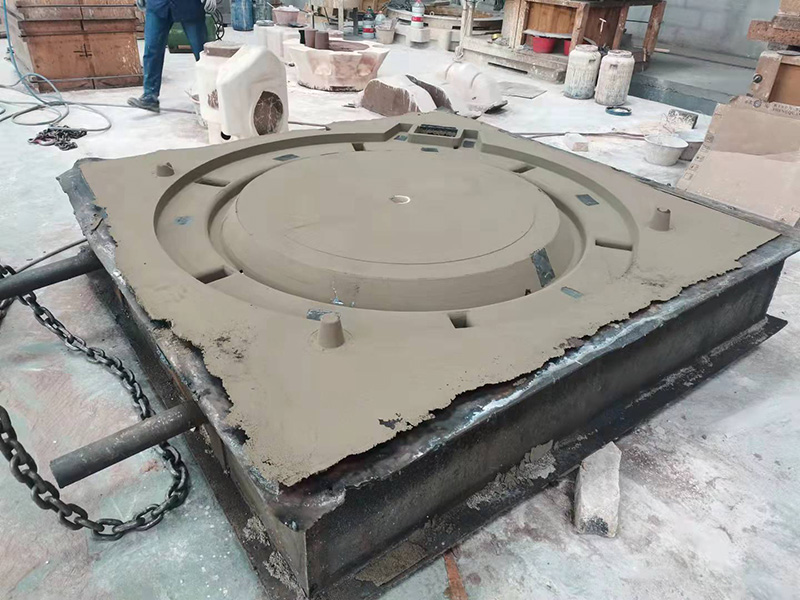Advantages of Sand Casting
Sand casting is one of the oldest and most versatile methods of metal casting, widely utilized across various industries for producing a wide range of metal parts and components. Its popularity can be attributed to numerous advantages that make it an ideal choice for both large-scale manufacturing and small-scale production. This article explores some of the key benefits of sand casting, highlighting its significance in modern manufacturing processes.
1. Cost-Effectiveness
One of the primary advantages of sand casting is its cost-effectiveness. The materials used in sand casting—mainly sand, clay, and metal—are relatively inexpensive compared to other casting methods. Additionally, the sand molds can often be reused multiple times, reducing overall material costs. This makes sand casting an attractive option for businesses looking to minimize production expenses while maintaining quality.
2. Versatility
Sand casting is remarkably versatile. It can be used to create parts of various sizes, shapes, and complexity. Whether it’s for small components or large industrial products, sand casting is capable of meeting diverse manufacturing needs. The process can accommodate a variety of metals, including aluminum, bronze, iron, and steel, making it applicable in myriad industries such as automotive, aerospace, and industrial machinery.
3. Design Flexibility
Another significant advantage of sand casting is its design flexibility. Designers are free to create complex geometries that would be challenging or impossible to achieve with some other casting methods. The ability to produce intricate designs allows for innovation and creativity in product development. Furthermore, because the sand molds can be easily modified or adjusted, manufacturers can quickly iterate on designs, facilitating rapid prototyping and development.
4
. High Tolerance and Surface Finishsand casting advantages

While other casting methods might struggle with precision, sand casting has the capability to produce parts with high dimensional accuracy. The sand mold can capture fine details and features of the original model. Moreover, with the appropriate post-processing techniques, sand-cast parts can achieve excellent surface finishes. This quality is particularly important in industries where components must meet stringent standards and specifications.
5. Scalability
Sand casting is highly scalable, which means it can be employed for both small batch production and high-volume manufacturing. For low volume or prototype runs, the process requires minimal setup time and resources, allowing for quick production cycles. Conversely, for high-volume production, manufacturers can invest in more sophisticated equipment and processes, such as automatic sand molding machines, to increase efficiency while retaining the inherent advantages of sand casting.
6. Environmental Benefits
In recent years, there has been a growing emphasis on sustainable practices across all industries. Sand casting aligns well with these principles as it creates relatively low waste compared to other manufacturing processes. The sand used in molds can be recycled, and the casting process itself often requires less energy than other methods, such as die casting. This makes sand casting not only an economically viable option but also an environmentally friendly one.
7. Low Lead Times
The lead time in sand casting is generally shorter compared to other manufacturing processes, especially for small to medium-sized runs. Since creating molds can be less time-consuming, products can be brought to market more swiftly. This advantage is particularly valuable in industries such as automotive and aerospace, where rapid production can lead to a competitive edge in the market.
Conclusion
In summary, sand casting offers a myriad of advantages that contribute to its enduring popularity in the manufacturing sector. Its cost-effectiveness, versatility, design flexibility, high tolerance, scalability, environmental benefits, and low lead times make it an appealing option for manufacturers around the globe. As industries continue to evolve and adapt to emerging technologies and market demands, sand casting remains a reliable and efficient method of producing high-quality metal components. Its advantages ensure that it will continue to play an essential role in the future of manufacturing.
Post time:gen. . 01, 2025 07:27
Next:Vantagens da fundição em areia em comparação com outros métodos de fabricação
